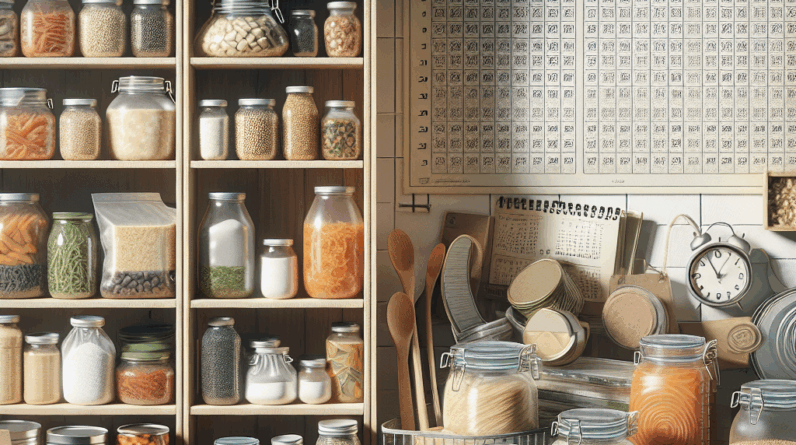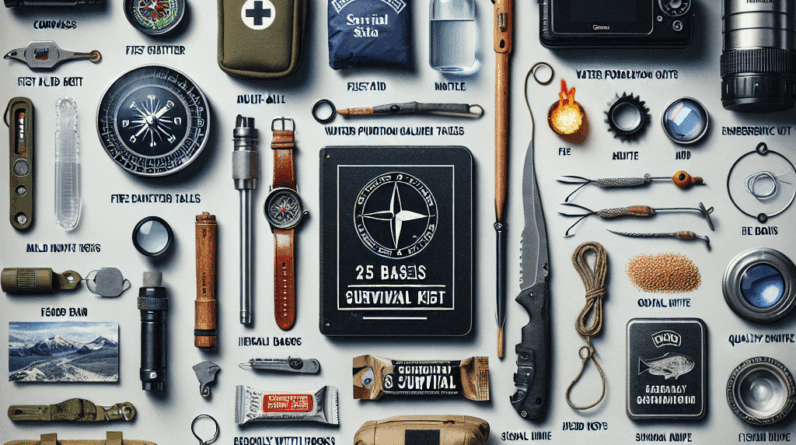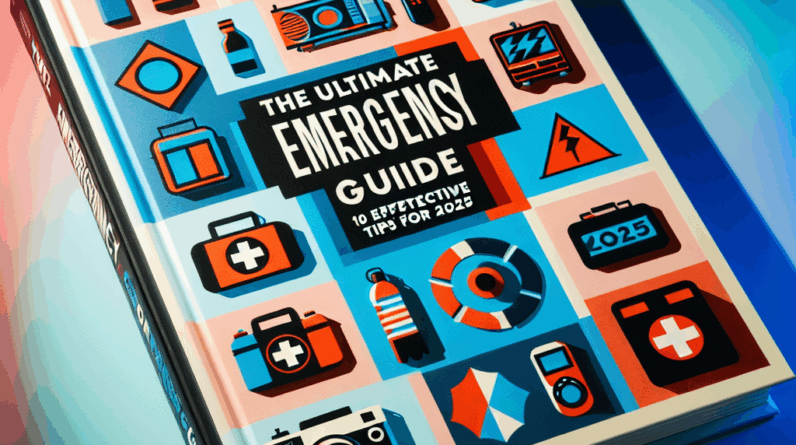Emergencies can strike unexpectedly, and being prepared can make all the difference. This guide will take you through the essential steps of planning for medical emergencies, ensuring you and your loved ones can face any situation with confidence.
Assessing Your Risks
# Understanding Your Environment
One of the initial steps in emergency preparedness is to evaluate your surroundings. What are the potential hazards where you reside? Whether it’s floods, earthquakes, or other natural disasters, your environment significantly influences the types of medical emergencies you might encounter. Next, think about the demographics of your household. Are there infants, elderly individuals, or people with chronic illnesses? Each demographic factor requires specific considerations in your emergency plans. Lastly, it’s beneficial to familiarize yourself with the historical emergencies that have affected your area. Knowing past events can provide a robust basis for your emergency medical strategy.
Preparing Your Medical Supplies
# Creating a Comprehensive First Aid Kit
A well-equipped first aid kit is crucial in handling emergencies effectively. Start with essentials such as bandages, antiseptic wipes, and gauze, then consider including items for specific scenarios like antihistamines for allergic reactions and burn cream for minor burns. Regular checks of your kit are important to ensure all items are up to date and functional, particularly medications. Additionally, tailoring your kit to fit the unique health needs of your family can enhance your readiness and confidence.
Establishing Emergency Contacts
# Building Your Contact List
Creating a detailed list of emergency contacts is vital. This list should go beyond basic names and numbers, specifying who to reach out to for different emergencies, such as neighbors for pet-related emergencies or friends for immediate assistance. Make the list accessible to all family members by placing it on the fridge and saving it in mobile phones. Including healthcare providers on your list ensures you have quick access to medical advice when needed.
Practicing Emergency Response Skills
# Taking First Aid and CPR Classes
Investing time in first aid and CPR training can be life-saving. These classes offer practical skills applicable in urgent situations. Continuing to practice these skills, either through refreshers at home or simulated scenarios, builds confidence and competence. Participating in community training sessions also promotes a communal understanding of the importance of emergency preparedness.
Creating an Emergency Plan
# Crafting Clear Guidelines for Everyone
Developing an emergency plan is a proactive approach to managing potential crises. Start by outlining clear actions for different scenarios, ensuring everyone knows their role without hesitation. Regular family discussions and role assignments during these meetings help reinforce the plan. As life changes, so should your emergency plan, making regular updates necessary to maintain its effectiveness.
FAQs
# 1. What should I include in my first aid kit?
Your kit should contain essential items such as bandages, antiseptic wipes, gauze, pain relievers, and personal medications. Consider adding specific items like an EpiPen for severe allergies based on your family’s health needs.
# 2. How often should I check my emergency supplies?
Inspect your emergency supplies every three months to replace expired items and ensure your stockpile remains ready for use.
# 3. Who should I include in my emergency contact list?
Include a variety of contacts such as family members, neighbors, friends, and medical professionals, each designated for different types of emergencies to enhance communication efficiency.
# 4. How can I make sure my family knows our emergency plan?
Organize regular family meetings to discuss and practice the emergency plan. Assigning specific roles to each family member during these practices helps everyone remember their responsibilities during actual emergencies.
# 5. Should I take a first aid course?
Definitely. A first aid course not only provides essential skills but also boosts your confidence in handling emergencies. It’s also a great opportunity to engage with your community.




